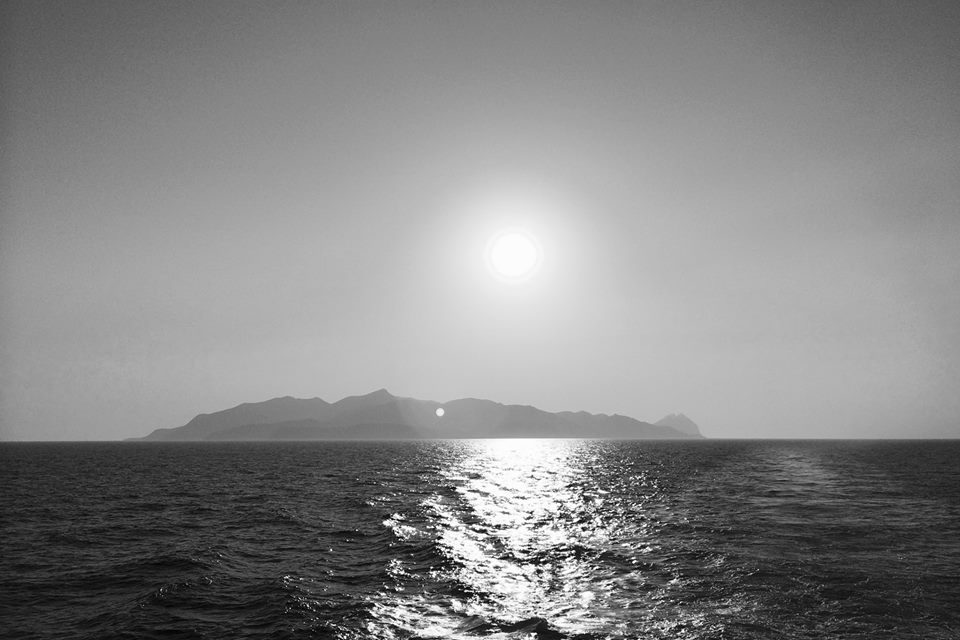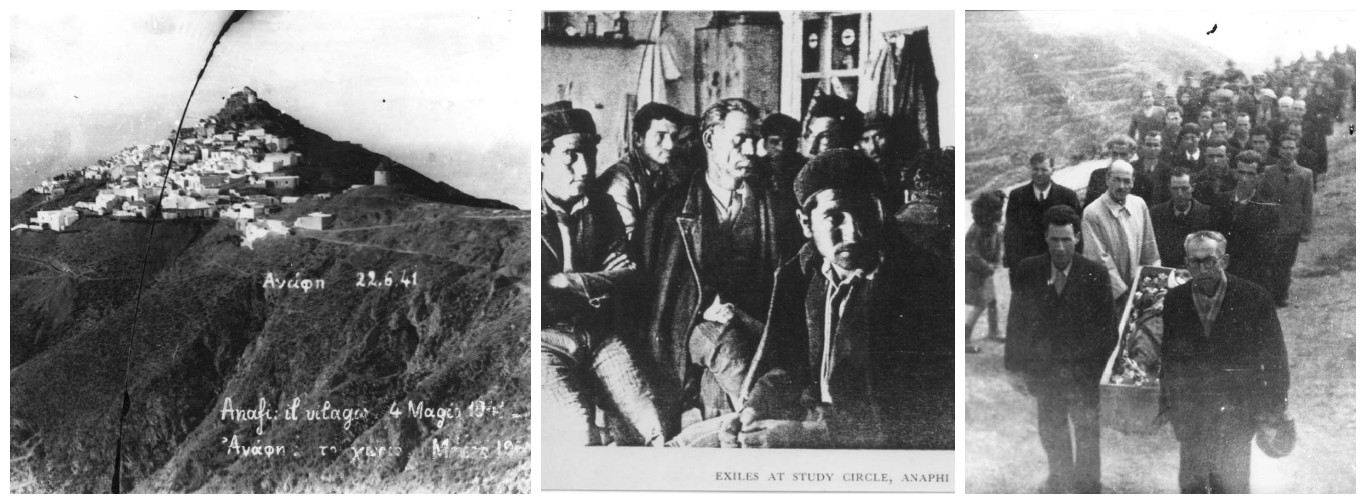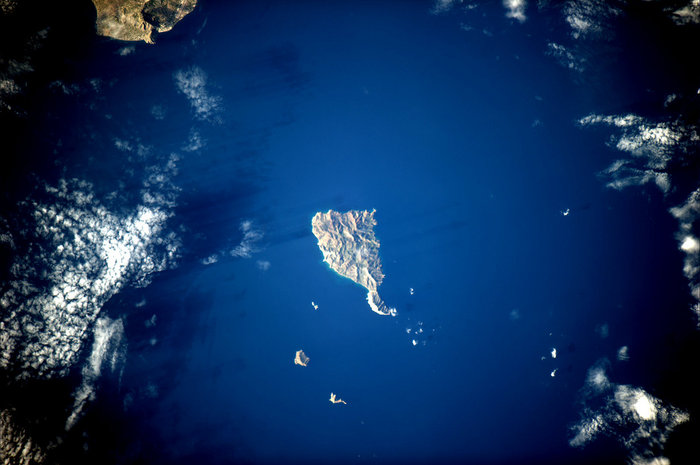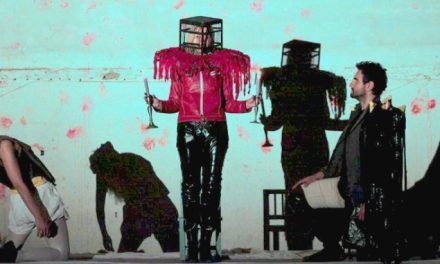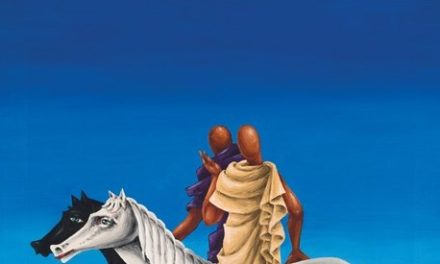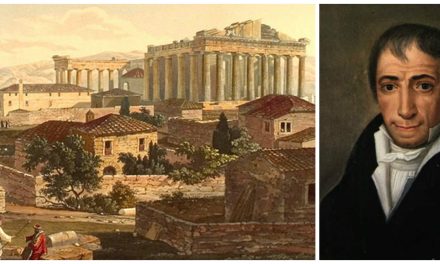In 2011, European Space Agency astronaut Paolo Nespoli took a picture of the island of Anafi from space and asked his followers on Tweeter in Italian: “which Greek island is without snakes?” His followers rushed to confirm it was Anafi. It has been argued that the name Anafi may actually come from the word anafidhi, “without snakes”. Anafi has indeed no snakes.
But the most accredited, and perhaps most seductive, explanation of the name Anafi derives from the Apollo’s episode in the Apollonius Rhodius’ Argonautica, and in particular from the word ἀνέφηνεν (“made appear”), the same root as phenomenon: Apollo made it appear to the Argonauts as a shelter in a dark night, using his bow to shed light.
Phenomenon is a biennial project for contemporary art held in the Aegean island of Anafi. The second edition will take place between 3-16 July 2017, and will include a residency with performances, lectures, video screenings and other events, as well as an exhibition throughout the island (exhibition opening 8 July).
Phenomenon 2 will look at how histories, collective and personal, are socially constructed and constantly renegotiated. Anafi, at its small but telling scale, is a prime example of cultural stratification, where the Apollo temple quietly serves as the foundation of an orthodox monastery, while the history of the exiles that were held in Anafi has silently cohabited with the island’s local history. What are the forces at play that actualize the visible and the discursive and construct historical formations? How can history be reinvented and the master narrative denaturalized? The project will argue for a multiplicity of partial and irreducible archaeologies that open up the world to new possibilities:
“Here is the past and all its inhabitants miraculously sealed as in a magic tank; all we have to do is to look and to listen and to listen and to look and soon the little figures — for they are rather under life size — will begin to move and to speak, and as they move we shall arrange them in all sorts of patterns of which they were ignorant, for they thought when they were alive that they could go where they liked; and as they speak we shall read into their sayings all kinds of meanings which never struck them, for they believed when they were alive that they said straight off whatever came into their heads.” [Virginia Woolf, I Am Christina Rossetti]
Invited participants include Ignasi Aballi (artist), Grégory Castera (curator), Paul Feigelfeld (media theorist), Dora Garcia (artist), Mario Garcia Torres (artist), Lenio Kaklea (choreographer/dancer), Margaret Kenna (anthropologist), Chrysanthi Koumianaki (artist), Julien Nedelec (artist), Christodoulos Panayiotou (artist).

Chrysanthi Koumianaki’s (b. 1985, Greece) work examines Greece’s present condition by exploring the value of currencies (hard, virtual, and symbolic) while revisiting the notion of utopia.
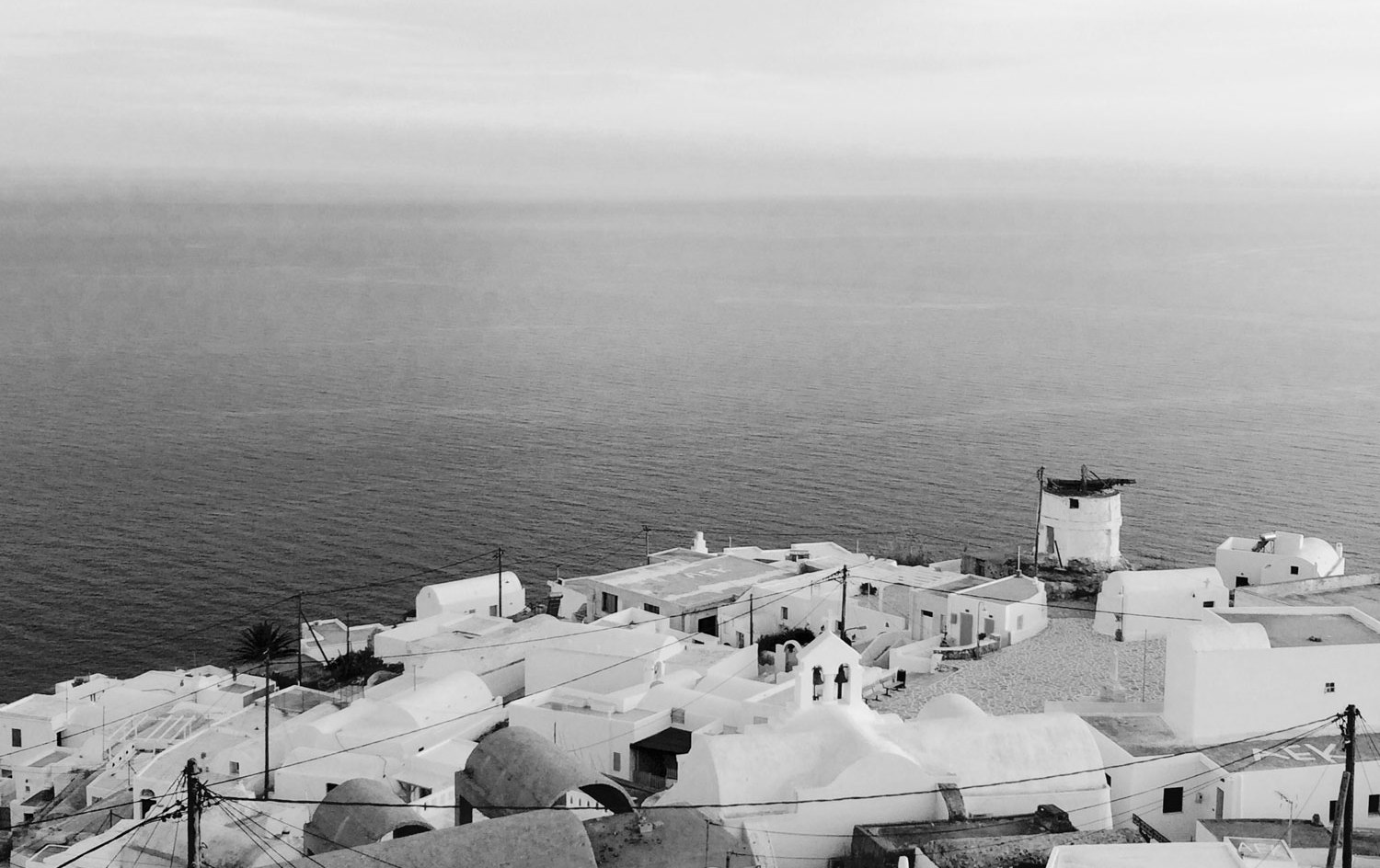
Anafi is a remote island that can be reached by an overnight boat from Athens. It can also be reached by a 90-minute boat from Santorini.
Its Chora village, with its quintessentially Cycladic white-box houses, completes an environment of arid rock, lilac thyme flowers and sandy beaches. The Kalamos peninsula at the eastern end of the island is dominated by the second largest monolithic peak in the Mediterranean. Perched atop this massif is the Kalamiotissa church, a place of breath-taking views reachable after a one-and-a-half hour harrowing hike from an Apollo temple, a remote spot where clouds systematically form and vanish. A marble statue of Apollo found in Anafi is currently visible at the British Museum.
During the era of Otto of Greece (after 1832) Athens was declared capital of the Greek state, hence the demand for experienced builders. The Anafians, along with other capable craftsmen from the Cyclades, gradually began to abandon their infertile lands and migrate to Athens. The Anafians chose the northeastern rocky slopes of the Acropolis as their installation site, where they progressively created a Cycladic settlement, literally integrating it on the rock. Where other builders thought it was impossible to build, the Anafians established an entire settlement (Anafiotika), making use of the area’s particular morphology and embedding their homes in the steep rock.
Anafi was a place of exile for political prisoners throughout the Greek dictatorships of the 20th century. In the summer of 1994, an archive of handwritten newspapers was discovered from a commune of political exiles living on the Anafi during the dictatorship of General Ioannis Metaxas (1936–1941) and the Axis Occupation (1941–1943). The newspapers were found during cleaning-up operations after a summer flash-flood damaged the contents of three underground floors of the headquarters of the Communist Party of Greece (KKE) in the Athenian suburb of Perissos.
Pictures from the “gateway to the Anafi photo-archive“
The Greek exile communes attempted to create counter-sites and counter-times in putting into practice their ideological and political conceptions of communal living, of the sharing of labor and skills, of gender and class equality in a place defined by the authorities as a kind of open prison, thus subverting the authorities’ aims and realizing some of their own. Within the double heterotopia of the exile commune, handwritten newspapers offered yet another counter-site. Here the terms of news reporting, whether of local commune interest or of national and international events, and the terms of political and theoretical comment and debate, could be set freely, or apparently so.

